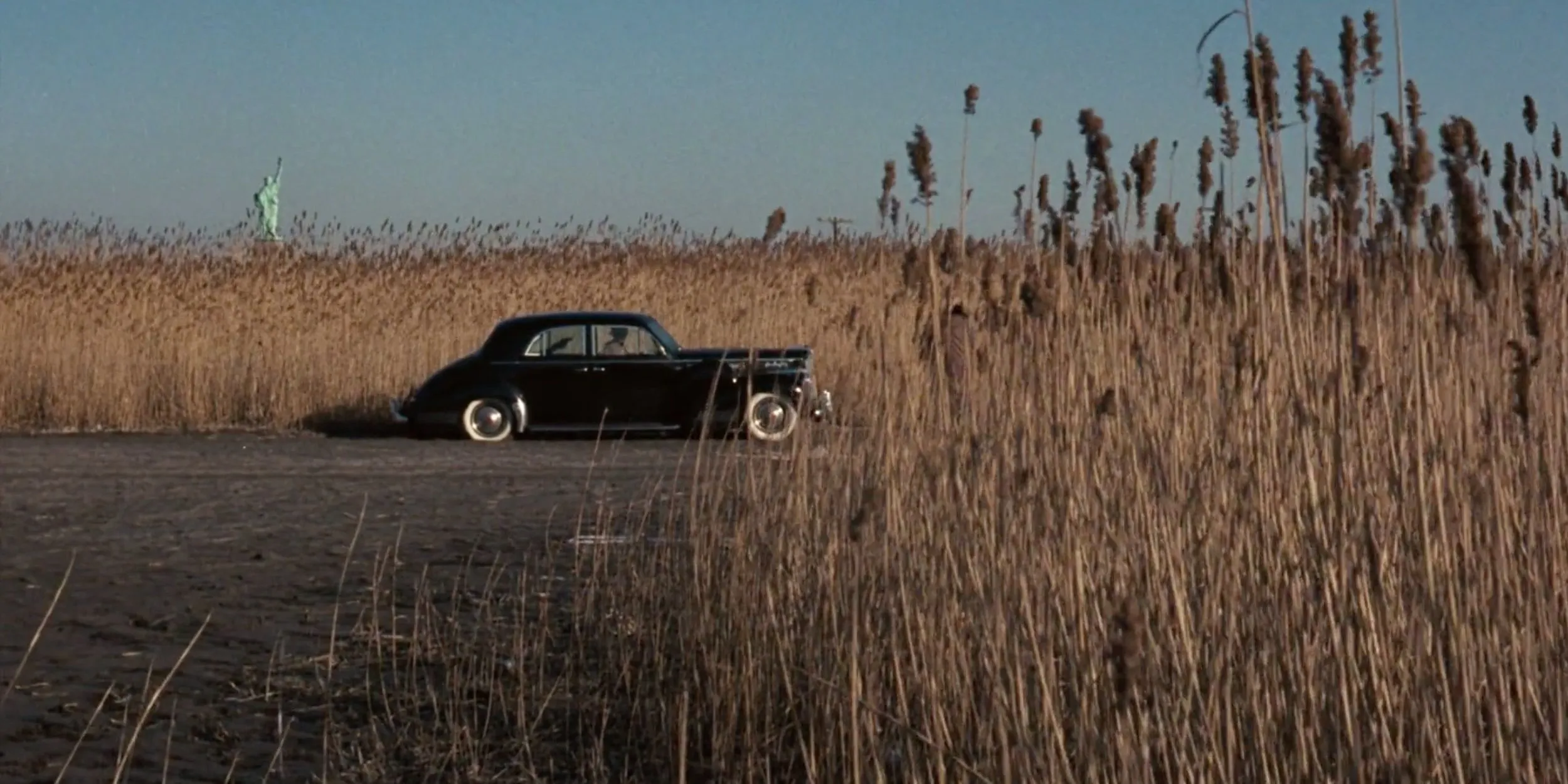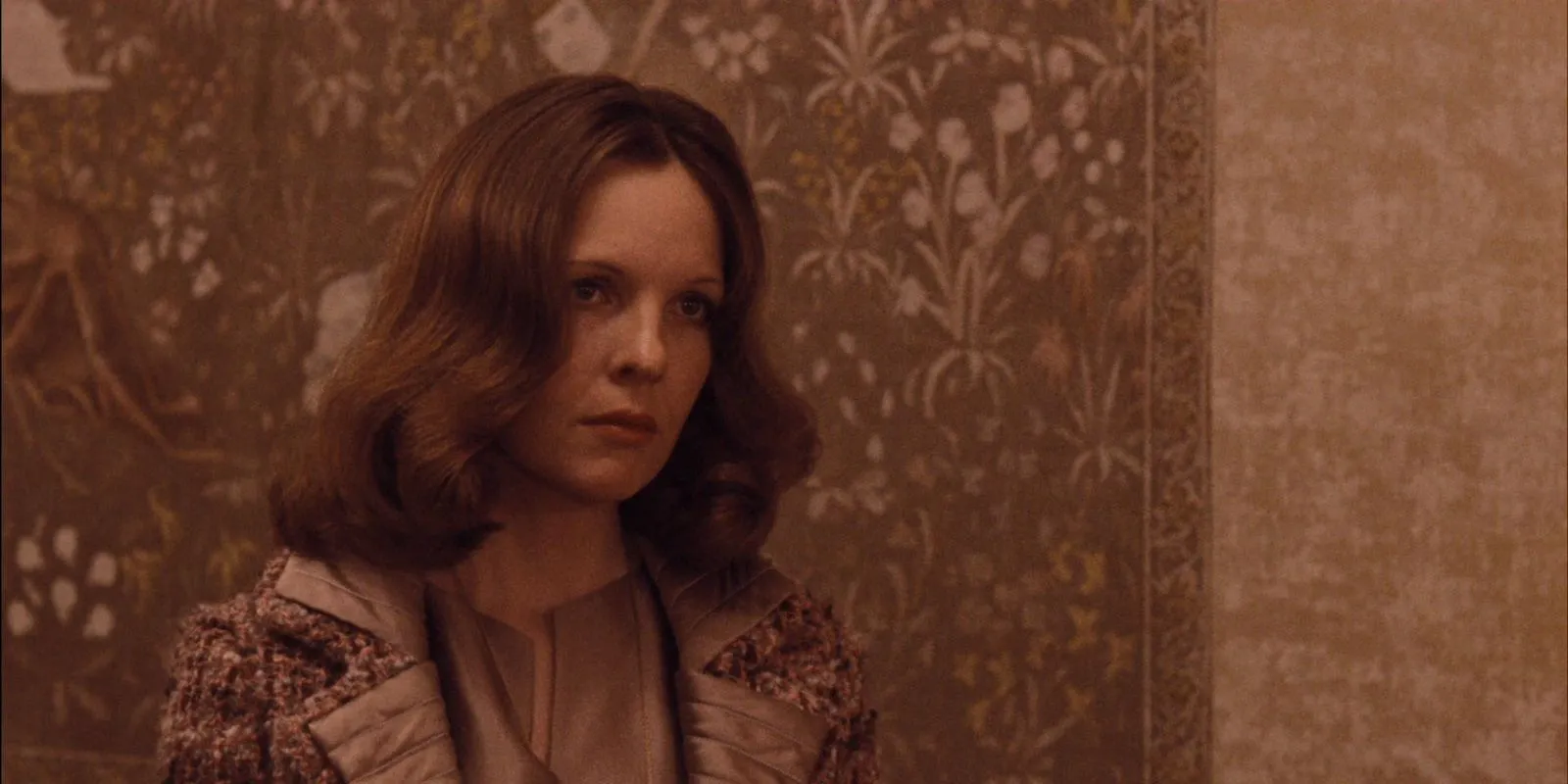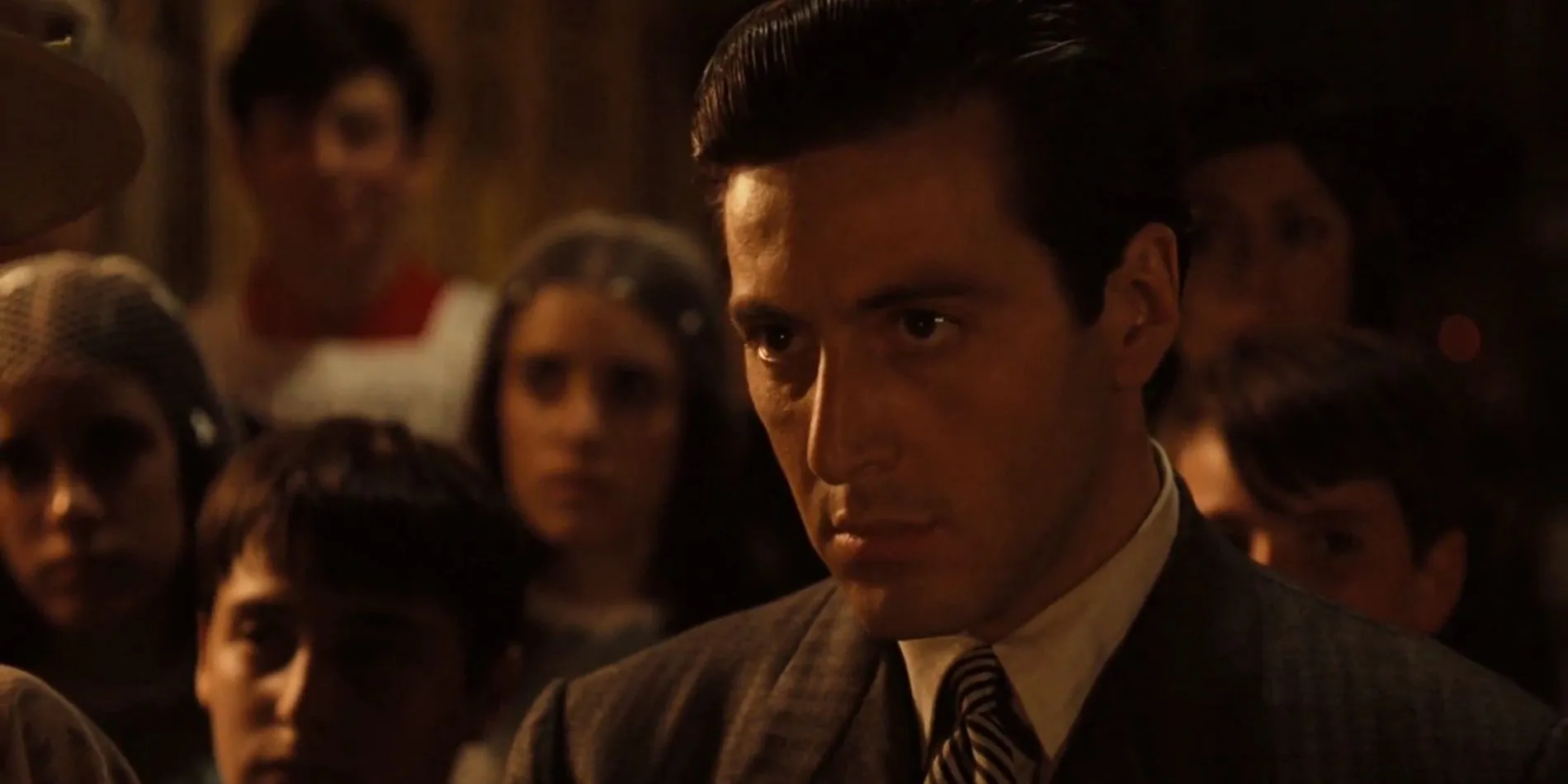
The lasting legacy of The Godfather, from Marlon Brando’s unforgettable portrayal of Don Corleone to Gordon Willis’ stunning cinematography, continues to resonate with audiences today. Upon its release in 1972, this cinematic masterpiece was met with rave reviews, establishing itself as a box office titan—outperforming classics like Gone with the Wind to become the highest-grossing film of its era. However, as cultural standards evolve, the question arises: does this legendary film still resonate over 50 years later?
While The Godfather remains a celebrated classic, rewatching the film reveals certain challenges that highlight its historical context. Yet this doesn’t diminish its impact; instead, it reflects the nuances of the era in which it was created. Often cited as one of the greatest films in American cinema, alongside Casablanca and Citizen Kane, it’s important to dissect both its timeless qualities and its dated elements.
10 Marlon Brando’s Iconic Performance as Vito Corleone: The Definitive Mob Boss

Marlon Brando’s portrayal of Don Vito Corleone remains a benchmark for acting excellence. His nuanced performance, marked by dramatic moments—whether tenderly interacting with a beloved cat or mourning a slain son—has rendered the character an enduring icon within popular culture. No contemporary performance has eclipsed Brando’s charismatic embodiment of a mobster, confirming his role as the archetype in gangster narratives.
While the sequel, The Godfather Part II, explores Vito’s criminal ascendancy, the original film relies on Brando’s commanding presence to convey the character’s inherent authority, solidifying his place in cinematic history.
9 Gordon Willis’ Cinematography: A Visual Masterpiece

The visual artistry of Gordon Willis in The Godfather has left an indelible mark on film history. Each frame is a masterclass in cinematography, with breathtaking shots that elevate the storytelling. For instance, an ordinary scene of Tom Hagen navigating a Hollywood studio is transformed by Willis’ impeccable framing techniques.
Willis’ work serves as a visual commentary on the film’s themes, notably contrasting a mob hit against the serene backdrop of the Statue of Liberty. His unique approach—sometimes breaking traditional rules of focus—immerses the audience in The Godfather‘s complex world, proving that distinctive artistry can reshape genre conventions.
8 The Corleone Family Dynamic: Universally Relatable

Despite their criminal activities, the Corleone family resonates deeply due to their identifiable familial struggles. Coppola deftly highlights the relatable aspects of the family dynamic—such as sibling rivalry and parental favoritism—amidst the darker elements of their lives.
From Connie, the only daughter cherished yet bound to tradition, to Michael, who becomes entwined in corruption, these characters reflect real-life familial complexities, making them compelling and relatable even to contemporary audiences.
7 Impressive Supporting Cast Enhances the Film

In addition to Brando’s stellar lead performance, The Godfather features an ensemble cast brimming with talent. Al Pacino’s riveting portrayal of Michael Corleone and James Caan’s portrayal of Sonny are complemented by seasoned actors like Robert Duvall as Tom Hagen and Sterling Hayden as Captain McCluskey.
This diverse cast also includes future stars such as Diane Keaton and John Cazale, whose early roles foreshadow their future iconic status in Hollywood.
6 Nino Rota’s Enrapturing Score

Nino Rota’s score for The Godfather, complemented by Carmine Coppola, remains a sonic cornerstone of cinematic music. Uniquely melancholic yet haunting, Rota’s orchestrations perfectly encapsulate Vito Corleone’s nostalgia and the pervasive darkness within the story.
With memorable themes like “The Godfather Waltz” and “Love Theme from The Godfather,” this score has stood the test of time and continues to be celebrated long after its debut, reinforcing the film’s emotional depth.
5 The Godfather’s Unyielding Depiction of Violence

In an era of increasingly graphic cinematic violence, The Godfather‘s raw depictions remain strikingly impactful. Scenes like the brutal toll booth shooting of Sonny and the chilling assassination of McCluskey have lost none of their intensity, continually shocking audiences with their visceral portrayal of mob life.
4 Kay Adams: A Subversively Empowering Character

In a genre often criticized for its treatment of women, Kay Adams emerges as a complex and progressive character. Rather than adhering simply to traditional roles, Kay displays a significant degree of independence, challenging Michael’s decisions and providing a voice often silenced in gangster films.
Although The Godfather may not be classified as a feminist film, Kay’s characterization deviates from stereotypes, showcasing a woman with agency and depth.
3 A Three-Hour Runtime That Flies By

In an age of fast-paced filmmaking, revisiting older films often reveals a slower tempo. However, The Godfather, with a substantial runtime of 175 minutes, manages to captivate its audience without losing momentum. Its rhythmic pacing and polished editing ensure that viewers remain engaged from start to finish.
The film’s careful structure allows transitions that maintain a sense of progression, continually pushing the narrative forward while inviting viewers into the lives of its characters.
2 Al Pacino’s Compelling Portrayal of Michael Corleone

Despite his limited prior experience, Al Pacino delivered a mesmerizing performance as Michael Corleone. His character’s transformation—from a hopeful war hero to a ruthless leader—encapsulates a pivotal arc within the narrative. Pacino’s execution of this descent is not only believable but also wholly engrossing, allowing audiences to profoundly connect with Michael’s downfall.
1 The Haunting Conclusion of The Godfather

The climactic ending of The Godfather resonates deeply even decades later. Kay’s confrontation with Michael regarding Carlo’s fate reveals the tragic progression of their relationship. Initially relieved by Michael’s denial of his violent actions, Kay’s despair emerges upon witnessing him ascend into his mafia role.
The closing moments leave viewers with a heart-wrenching sense of loss as Kay grapples with the truth behind Michael’s deception, completing his transformation into the character he was destined to become—an echo of his father’s legacy. This final scene remains strikingly poignant.




Leave a Reply ▼